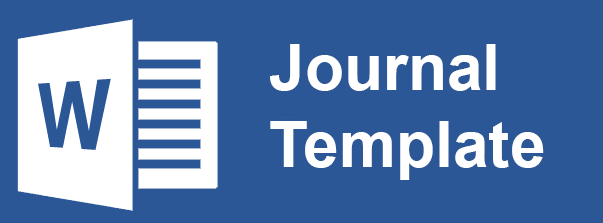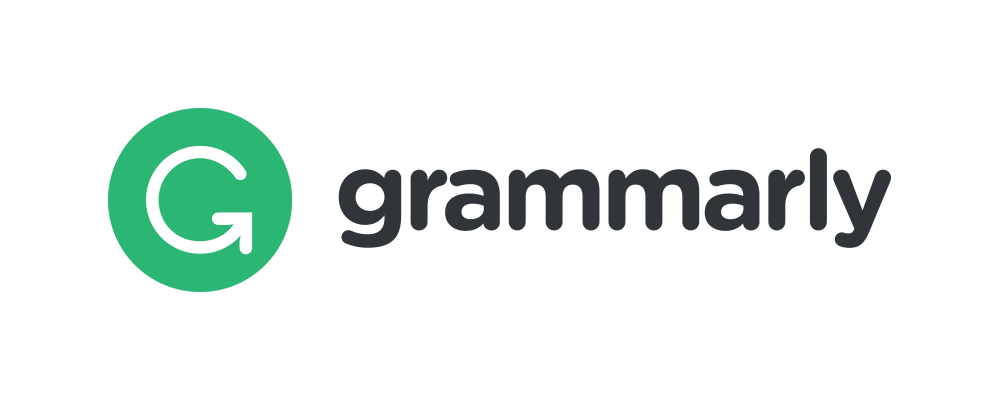Efektivitas Penggunaan Media Pembelajaran Tiga Misi Rahasia Mencari Ide Pokok Kelas III Sekolah Dasar
Abstract
Based on the results of the preliminary study conducted by the researcher, it shows that students have difficulty spelling the main idea questions, which on average in the initial score of class III A obtained a score of 29.6 while in class III B it was 26.6. This is because students' interest in reading is less and students' ability to understand reading texts. With these findings, the researcher hopes that using the learning media Three Secret Missions of Finding Main Ideas can make it easier for students to understand the main ideas. The research method was carried out using quantitative research with a quasi-experimental type of design in the form of pretest-postest control design group. The approach taken by the researcher aims to determine the effectiveness of using the learning media of the Three Secret Missions of Finding Main Ideas in the main idea material in elementary schools. The research procedure is carried out through three stages, namely (1) Preparation stage, (2) Implementation stage, (3) Reporting stage. The instruments used by the researcher include, observation, interviews, questionnaires (questionnaires), pretest-posttest questions, and documentation. Based on the results of research and data processing, an increase in value of 23.85% was obtained in the experimental class where the value increased from an average score of 29.65 to 53.5. The increase in scores that occurred in the experimental class showed that the media succeeded in improving students' understanding but was still not effective because it had not reached the Minimum Achievement Criteria score.
Downloads
References
Ahdar, A., & Wardana, W. (2019). Belajar dan pembelajaran: 4 pilar peningkatan kompetensi pedagogis. CV. Kaaffah Learning Center.
Arief, S. (2009). Media pendidikan, pengertian, pengembangan, dan pemanfaatannya. Jakarta: PT. Rajagrafindo Persada.
Arsyad, A. (2019). Media Pembelajaran Edisi 21. PT RAJA GRAFINDO PERSADA.
Batubara, H. H. (2021). Media pembelajaran digital. PT Remaja Rosdakarya.
Idri Shaffat. (2016). Optimized Learning Strategy. Prestasi Pustaka. .
Magdalena, I., Sundari, T., Nurkamilah, S., Nasrullah, N., & Amalia, D. A. (2020). Analisis bahan ajar. Nusantara, 2(2), 311–326.
Rahman, S. (2022). Pentingnya motivasi belajar dalam meningkatkan hasil belajar. Prosiding Seminar Nasional Pendidikan Dasar.
Ramli, M. (2013). Pengembangan Media Pembelajaran Menurut Konsep Teknologi Pembelajaran. Tarbiyah Islamiyah: Jurnal Ilmiah Pendidikan Agama Islam, 3(2).
Sapriyah, S. (2019). Media pembelajaran dalam proses belajar mengajar. Prosiding Seminar Nasional Pendidikan FKIP, 2(1), 470–477.
Seso, Y. M., Solehun, S., & Putra, T. Y. (2022). Pengaruh Media Kartu Cerita terhadap Kemampuan Menentukan Ide Pokok Paragraf Siswa Kelas V SD Inpres 5 Doom. Jurnal Papeda: Jurnal Publikasi Pendidikan Dasar, 4(1), 74–80.
Setiawan, A., Nugroho, W., & Widyaningtyas, D. (2022). Pengaruh Minat Belajar Terhadap Hasil Belajar Siswa Kelas Vi Sdn 1 Gamping. TANGGAP : Jurnal Riset Dan Inovasi Pendidikan Dasar, 2(2), 92–109. https://doi.org/10.55933/tjripd.v2i2.373
Slameto. (1988). Belajar dan Faktor-faktor yang Mempengaruhinya. Bina Aksara.
Sugiyono. (2019a). Metode Penelitian Kuantitatif, Kualitatif, Dan R&D (27th ed.). Alfabeta.
Sugiyono. (2019b). Metode Penelitian Pendidikan Kualitatif Kombinasi, R dan D, dan Penelitian Pendidikan. Alfabeta.
Sumayow, C. G. N., Rorimpandey, W. H. F., & Liando, M. R. (2023). Peningkatan kemampuan menemukan ide pokok paragraf dalam pembelajaran bahasa indonesia dengan menggunakan model problem based learning siswa kelas v sd gmim i woloan. EDU PRIMARY JOURNAL, 4(3), 158–168.
Tsalits, A. U. (2019a). Pengembangan Media Buku Saku Untuk Menemukan Ide Pokok Paragraf Menggunakan Model Skrambel Siswa Kelas IV-B SDN Pudakpayung 1 Kota Semarang. Universitas Negeri Semarang.
Tsalits, A. U. (2019b). Pengembangan Media Buku Saku Untuk Menemukan Ide Pokok Paragraf Menggunakan Model Skrambel Siswa Kelas IV-B SDN Pudakpayung 1 Kota Semarang. Universitas Negeri Semarang. Universitas Negeri Semarang.
Umamah, A. (2024). Analisis Kemampuan Membaca Teks Bahasa Arab Siswa Kelas XI Madrasah Aliyah Pondok Pesantren DDI As-Salman Allakuang (Studi Perspektif Psikolinguistik). IAIN Parepare.
Undang-Undang Nomor 20 Tahun 2003 Tentang Sistem Pendidikan Nasional (2003).
Wardani, F. A., Widiastuti, S., & Fauzi, A. (2022). Pengembangan Multimedia Interaktif Berbasis Animasi Materi Ide Pokok (ADEK) Untuk Siswa Sekolah Dasar. Humantech: Jurnal Ilmiah Multidisiplin Indonesia, 1(8), 1102–1110.
Copyright (c) 2025 Arum Ulandari, Dwi Kameluh Agustina, Desy Anindia Rosyida

This work is licensed under a Creative Commons Attribution-ShareAlike 4.0 International License.
Jurnal allows anyone to compose, correct, and do derivative works, even for commercial purposes, as long as they credit for the original work. This license is the freest. It is recommended for maximum distribution and use of licensed material.
The submitted paper is assumed not to contain any proprietary materials that are not protected by patent rights or patent applications; The responsibility for technical content and protection of proprietary materials rests with the authors and their organizations and not the responsibility of journal or its editorial staff. The primary (first/appropriate) author is responsible for ensuring that the article has been viewed and approved by all other authors. The author's responsibility is to obtain all necessary copyright waivers to use any copyrighted material in the manuscript before submission.
Jurnal Pendidikan, Sains dan Teknologi allows the author(s) to hold the copyright without restrictions and allow the author(s) to retain publishing rights without restrictions. Jurnal Pendidikan, Sains dan Teknologi CC-BY-SA or an equivalent license as the optimal license for the publication, distribution, use, and reuse of scholarly work. Jurnal Pendidikan, Sains dan Teknologi allows the author(s) to hold the copyright without restrictions and allow the author(s) to retain publishing rights without restrictions. Jurnal Pendidikan, Sains dan Teknologi CC-BY-SA or an equivalent license as the optimal license for the publication, distribution, use, and reuse of scholarly work.
In developing strategy and setting priorities Jurnal Pendidikan, Sains dan Teknologi recognize that free access is better than priced access, libre access is better than free access, and libre under CC-BY-SA or the equivalent is better than libre under more restrictive open licenses. We should achieve what we can when we can. We should not delay achieving free in order to achieve libre, and we should not stop with free when we can achieve libre.
Jurnal Pendidikan, Sains dan Teknologi is licensed under a Creative Commons Attribution-ShareAlike 4.0 International License.
You are free to:
- Share a copy and redistribute the material in any medium or format
- Adapt a remix, transform, and build upon the material for any purpose, even commercially.
- The licensor cannot revoke these freedoms as long as you follow the license terms.









